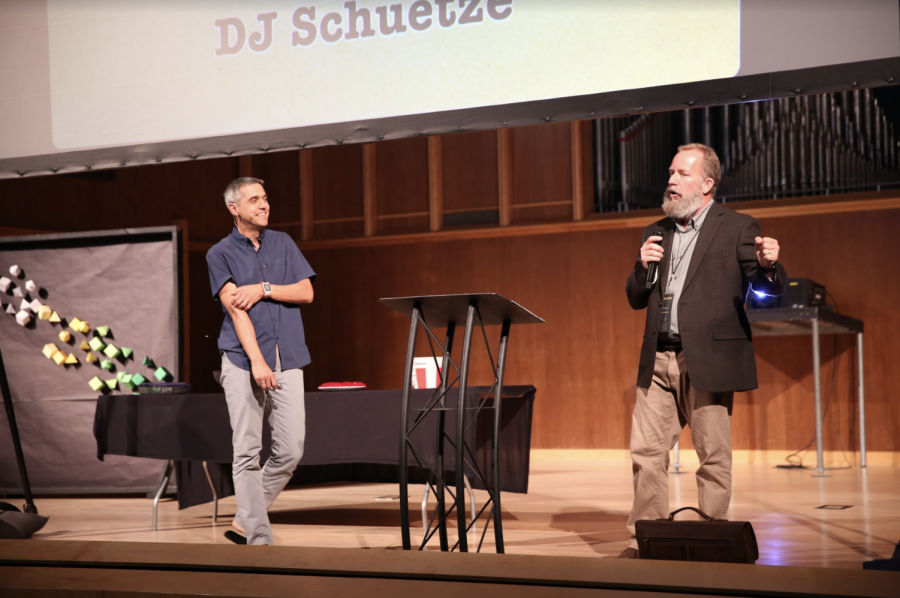It’s Andrew again, back for another round of Lent facts. This week the post is all about the origin of Lent.
Origin of the Lenten fast
Well, the church fathers around the fifth century claimed that the Lenten fast was of apostolic institution, meaning that when the apostles were planting churches, spreading the faith and instructing priests on the proper way to do church, that included teaching the quadragesima, the 40-day Lent fast.
However, most modern church historians discount these claims, saying that the Easter fast was not universal in its length in the beginning of the church. Some were fasting for a day, others two, and some for 40 hours before and after the Easter celebration. All this to say, the quadragesima fast was nowhere near being a universal practice in the early church.
Fast became universal practice around fourth century
The first mentions of the Lenten fast, that I have found, are in the canons of the Council of Nicea in AD 325, where the council called for a 40-day preparation for Easter, and in a letter from St. Athanasius in AD 386 where he calls for his congregation to make a 40 day fast in preparation for Holy Week, which is the week beginning at Palm Sunday and ending on Easter Sunday.
The first instance of a pope teaching this, and when a pope teaches something, people listen, was Pope St. Leo in AD 461, when he said that the faithful “fulfill with their fasts the apostolic institution of the 40 days.” This goes along great with the early belief of the 40 days of fasting being an apostolic institution, but the evidence of this is nearly non-existent.
Thus, as best as scholars can tell, the 40 day fast became a universal practice around the fourth and fifth centuries. The fast has been a part of the regular practice of the church then for more than 1,600 years. That’s a long time.
This practice of fasting for 40 days, in the tradition of Moses, Elijah and Jesus, is in preparation for Easter. This fasting is to prepare the believer’s heart for the celebration of the death and resurrection of Christ. Its penitential nature is meant for the heart, and so that a Christian can be in right-standing with God on the day of resurrection.
Update on personal fast
Just as a refresher, I’m fasting from Netflix and other personal media like TV and watching movies by myself, and from the junk food that the Caf offers in 6th Street Grill and the Pizzeria.
In the last week, I have managed to only slightly fail. I ate a few fries from my friend’s tray a few days ago, and I accidentally — I’m serious — watched TV by myself at my girlfriend’s house on Monday. Aside from that, I’m doing great with the physical fast.
Spiritually, I’m keeping up my practice of daily prayer, and I’ve found that I’m wrestling with theological issues on a deeper level than I have in the past, especially the issue of how works and faith factor into justification.
Stay tuned for next week’s post, which will be all about the practice of fasting and why it’s important.
If you’re fasting for Lent, I’d love to hear about it. Email me at [email protected], or leave a comment below.
Andrew Entzminger is a writer and blogger for The Chimes. He attends St. Matthew’s Anglican Catholic Church each Sunday in Newport Beach, Calif., and enjoys listening to music and, on feast days, watching “The IT Crowd” on Netflix.






